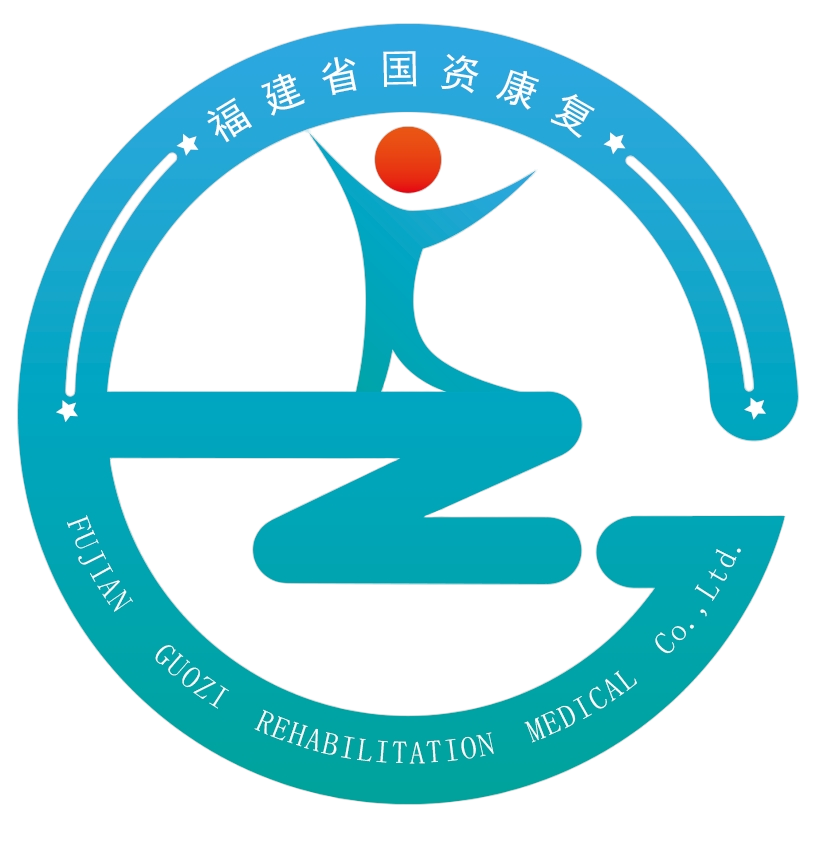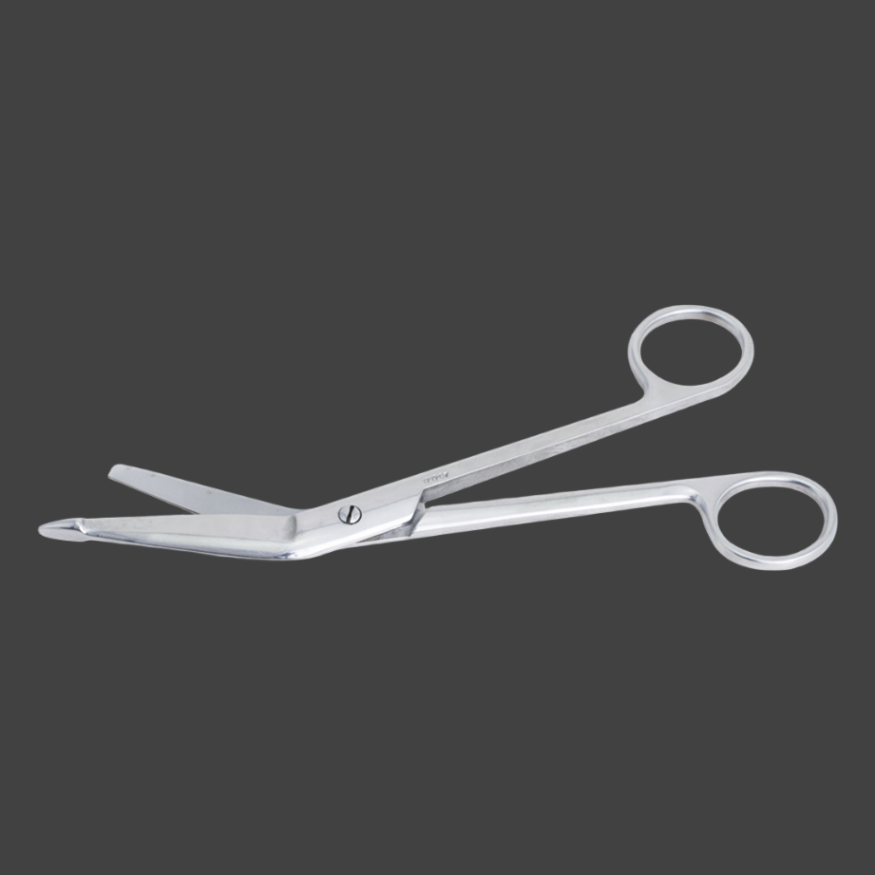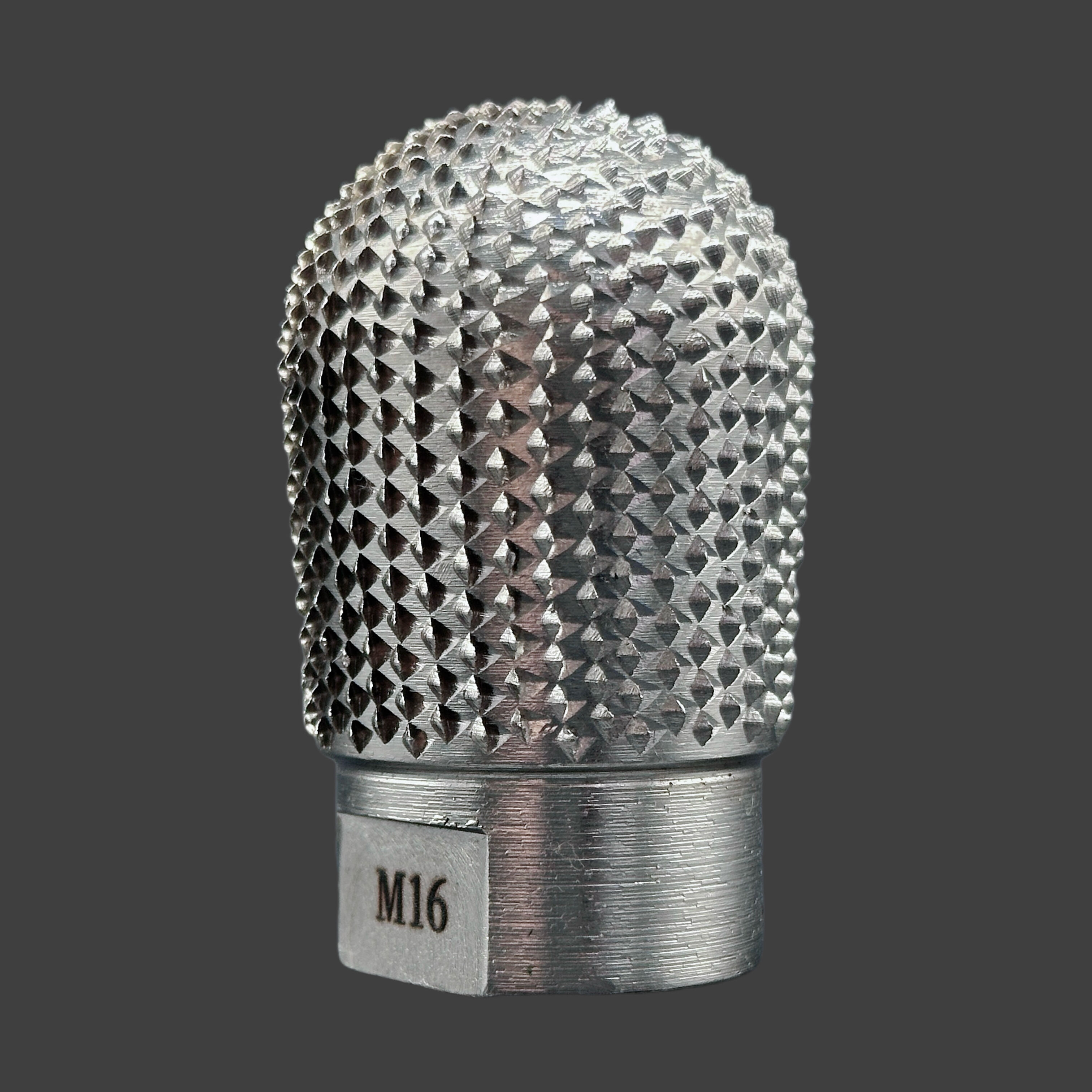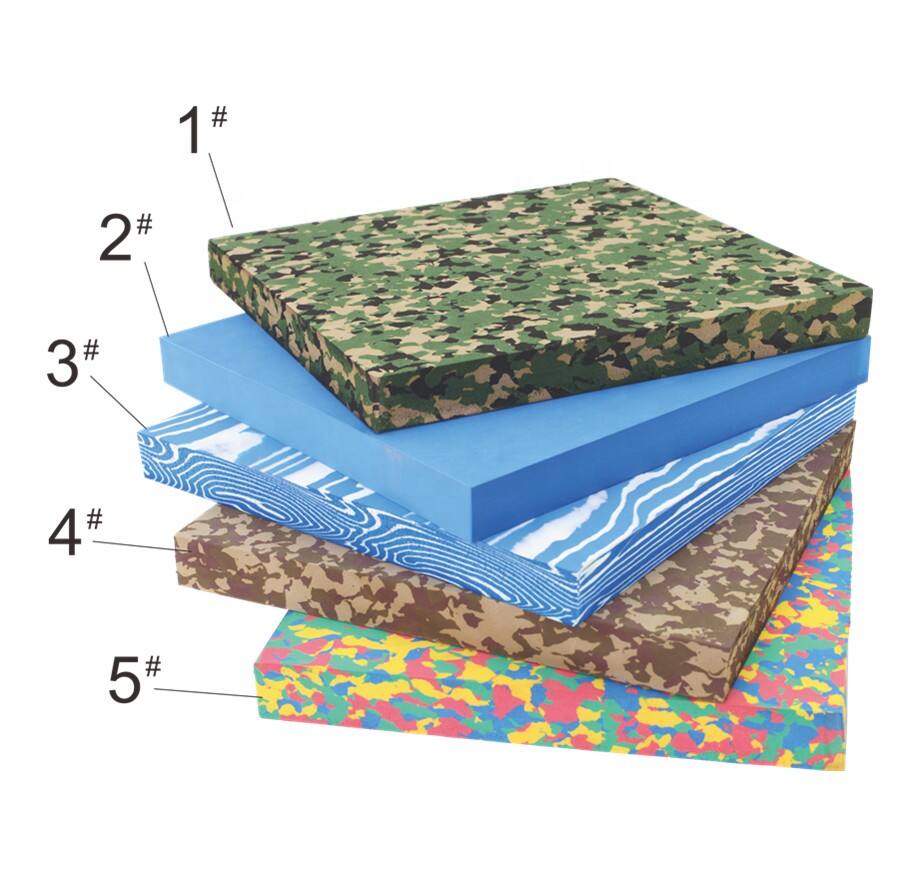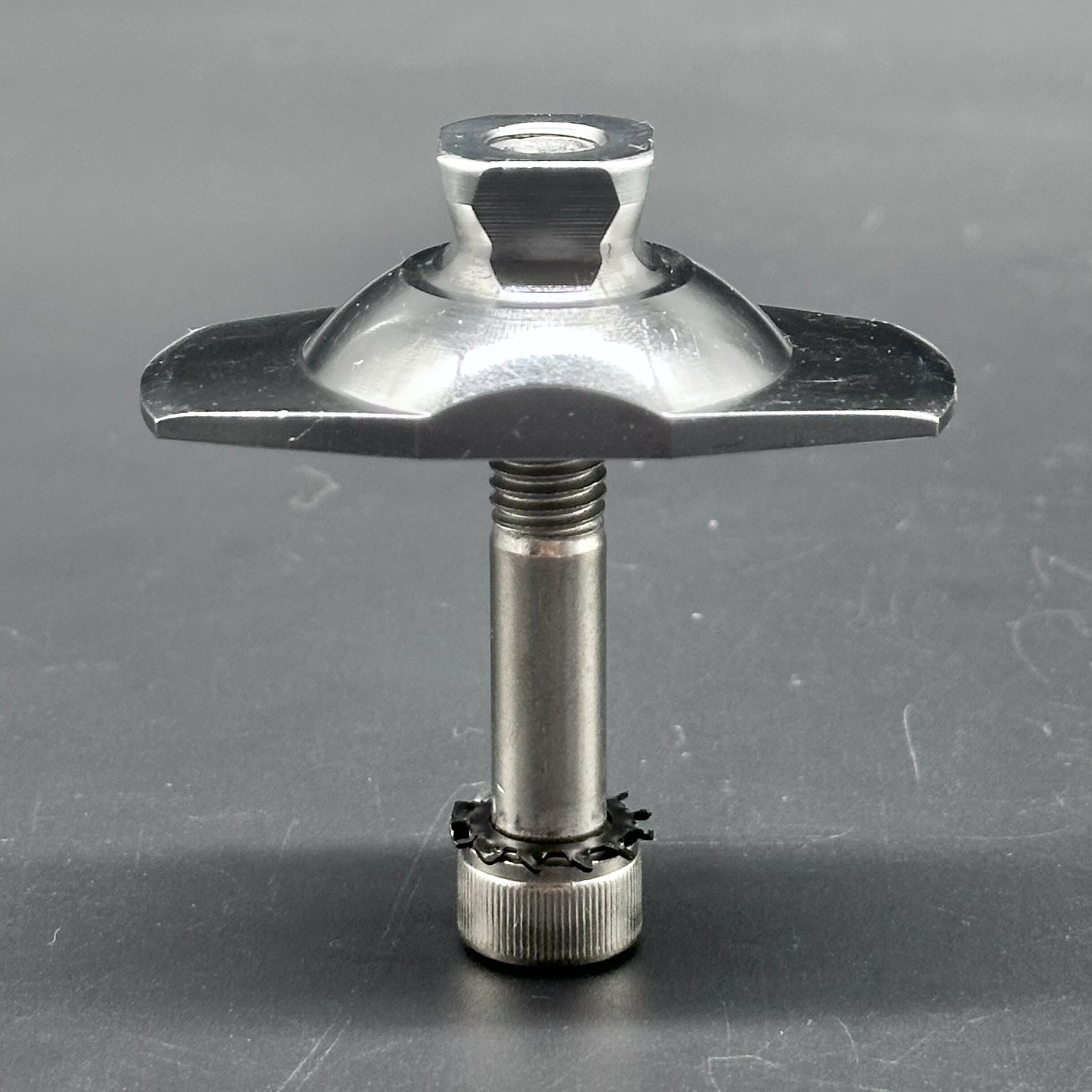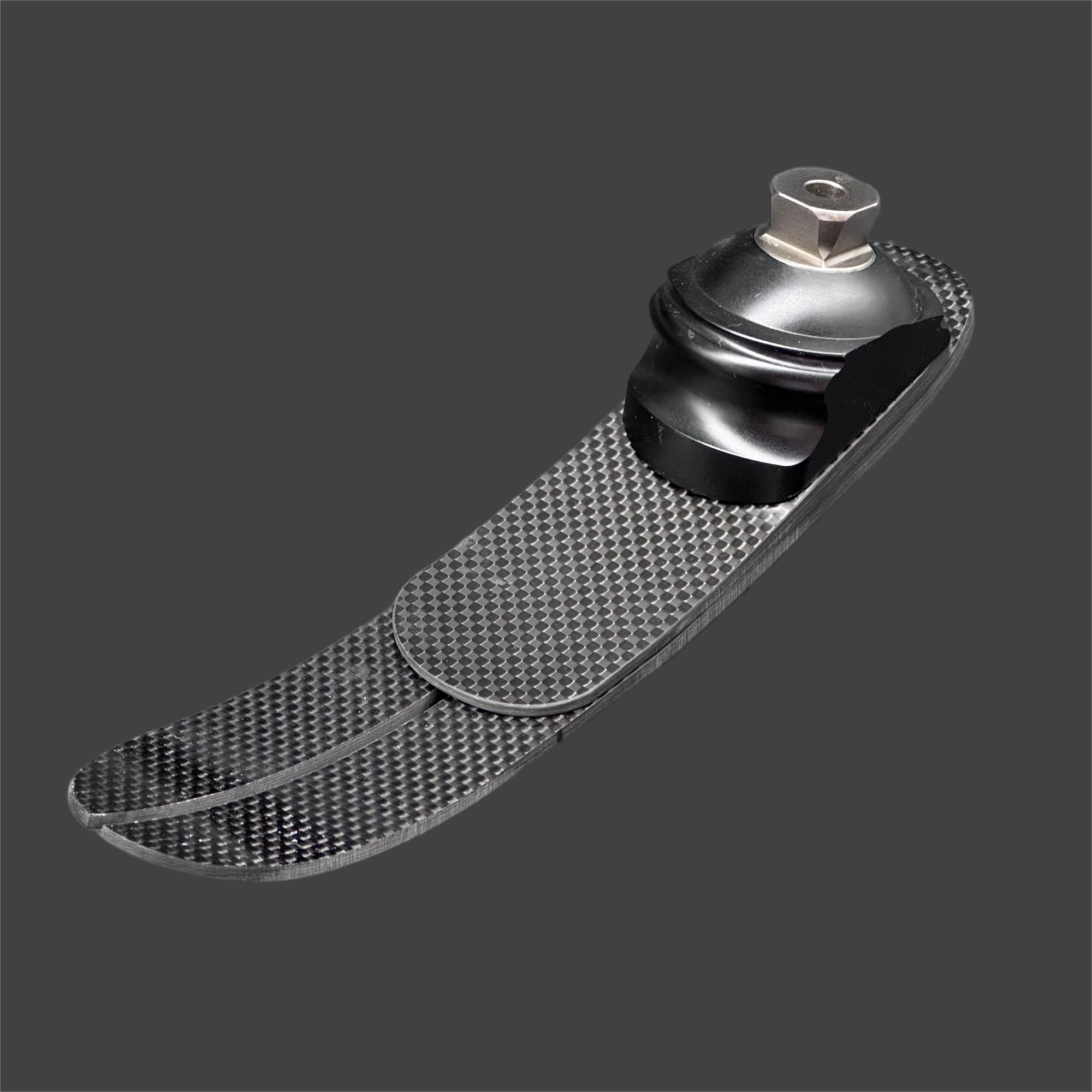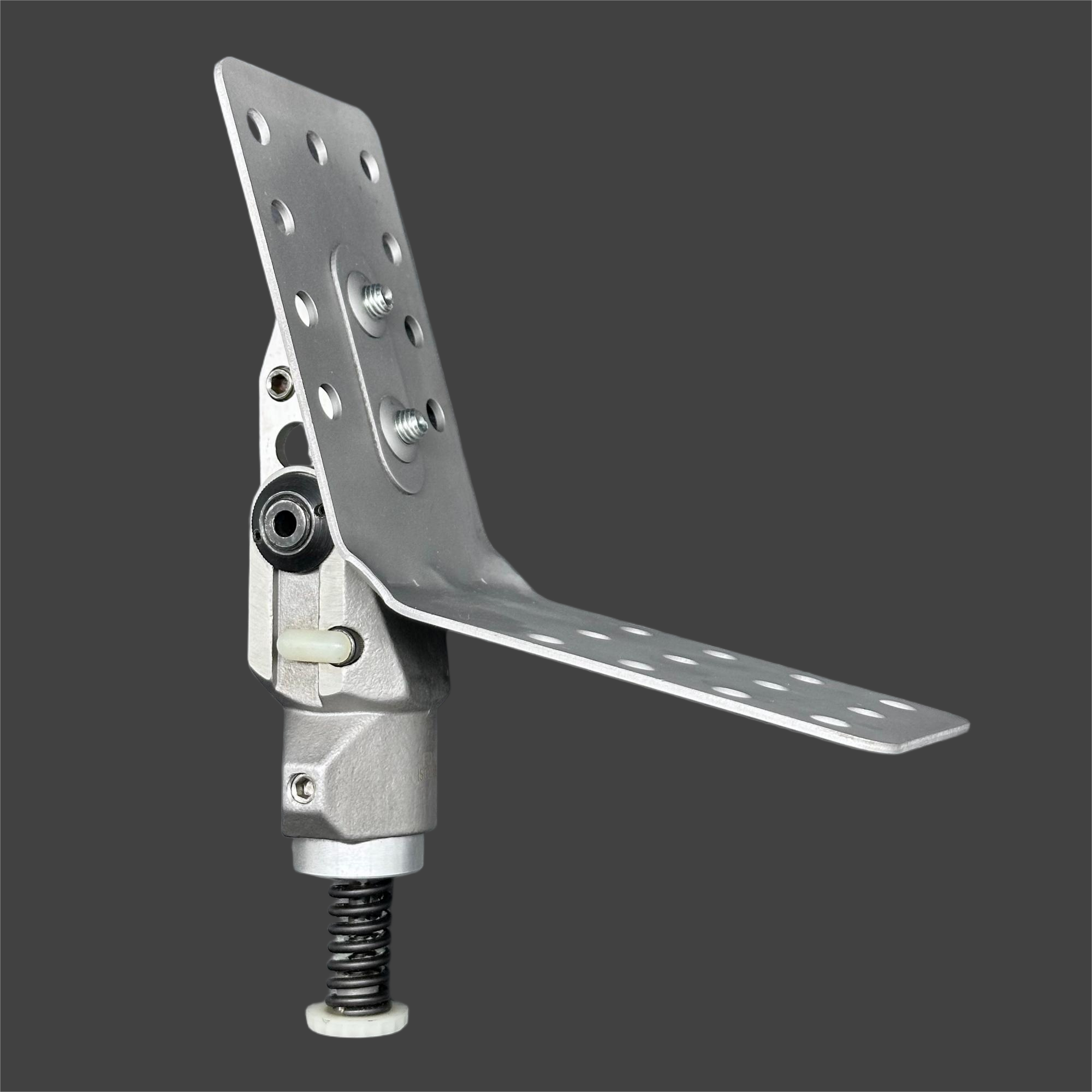অ্যাডভান্সড এনার্জি রিটার্ন সিস্টেম
এই প্রতিস্থাপনগুলিতে শক্তি প্রত্যাবর্তন ব্যবস্থাটি জৈবযান্ত্রিক প্রকৌশলে একটি ভাঙন প্রতিনিধিত্ব করে। ব্যবস্থাটি বিশেষাবদ্ধ কার্বন ফাইবার উপাদানগুলি ব্যবহার করে যা হাঁটার সময় দাঁড়ানোর পর্যায়ে বাঁকানো এবং শক্তি সঞ্চয় করে, যেভাবে একটি স্প্রিং সংকুচিত হয়। এই সঞ্চিত শক্তিটি পরবর্তীতে ঠিক সময়ে ঠেলে দেওয়ার সময় মুক্ত করা হয়, যা প্রাকৃতিক গোড়ালির কার্যকারিতার অনুকরণ করে এমন একটি অগ্রমুখী প্রচার সরবরাহ করে। এই ব্যবস্থার দক্ষতা সঞ্চিত শক্তির 95% পর্যন্ত ফিরিয়ে দিতে পারে, ব্যবহারকারীর হাঁটার সময় চয়াপচয় খরচ উল্লেখযোগ্যভাবে কমিয়ে দেয়। এই বৈশিষ্ট্যটি বিশেষভাবে উপকারী হয় ক্রমাগত হাঁটার সময় বা দৌড়ানোর সময়, কারণ এটি গতিবেগ বজায় রাখতে এবং ক্লান্তি কমাতে সাহায্য করে। ডিজাইনটি ব্যবহারকারীর ওজন এবং ক্রিয়াকলাপের তীব্রতা অনুযায়ী বিভিন্ন সংকোচনের মাত্রা অনুমতি দেয়, বিভিন্ন পরিস্থিতিতে অপটিমাল শক্তি প্রত্যাবর্তন নিশ্চিত করে।


